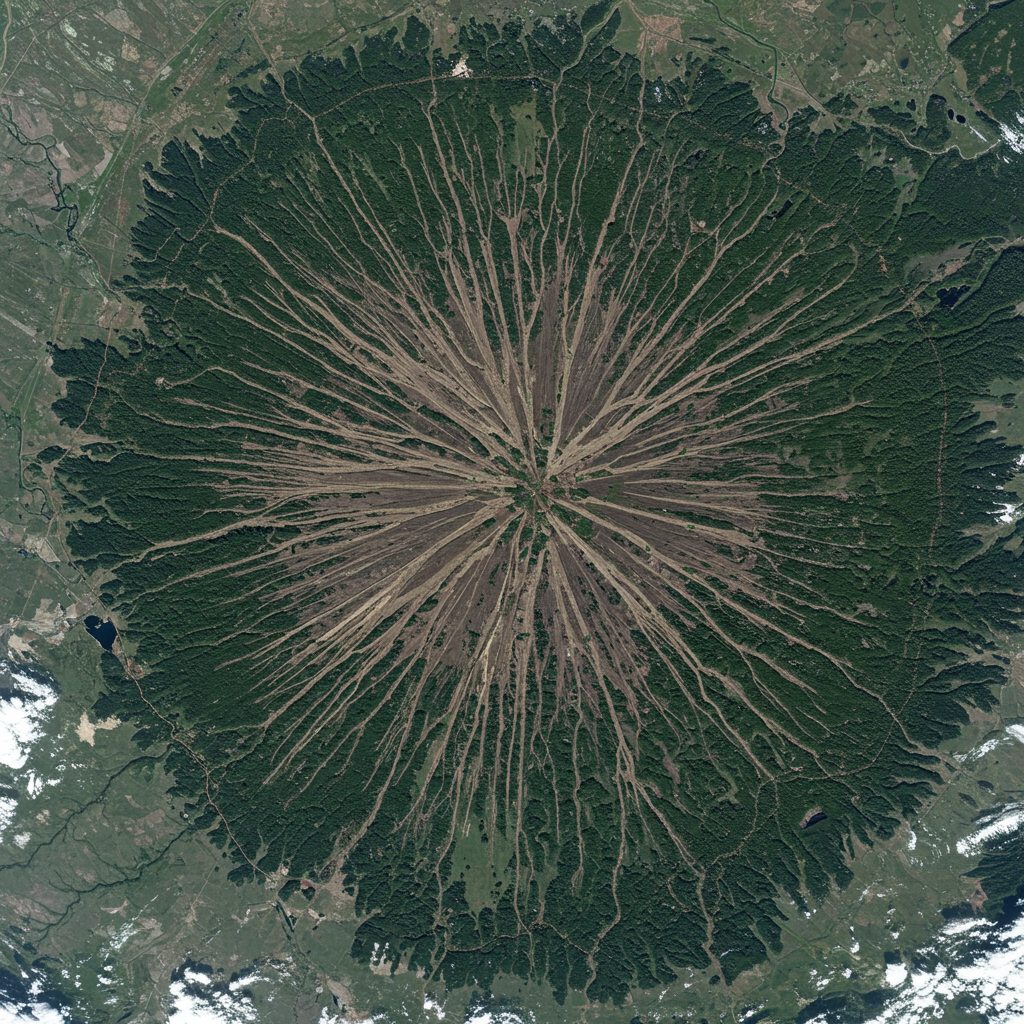For years, a massive, enigmatic skull unearthed in China sparked intense debate among scientists. Dubbed “Dragon Man,” this ancient human relative was initially classified as a potentially new species, Homo longi. But thanks to groundbreaking DNA and protein analysis, the mystery is finally unraveled: the Harbin skull is, in fact, the first identified skull of a Denisovan – providing a long-awaited face for this elusive branch of the human family tree.
Unearthing the Dragon Man Mystery
The story began decades ago in 1933 when a laborer discovered the colossal, human-like skull near Harbin City, China. Fearing it would be confiscated, he reportedly hid it in a well, where it remained concealed until his family recovered and donated it to science in 2018.
The skull is remarkable for its sheer size and distinctive features, including a lengthy, low braincase, a pronounced brow ridge, a wide nose, and large eye sockets. Based on these unusual characteristics, researchers in 2021 proposed it represented a new species, Homo longi, estimated to have lived at least 146,000 years ago. However, this classification was contested, with some experts suggesting the skull might belong to a Denisovan, a group of ancient humans known primarily from DNA but lacking a complete fossil record.
Identifying the Elusive Denisovans
Before this discovery, our knowledge of Denisovans came mainly from small, fragmented fossils – a finger bone, a few teeth, a jawbone found in Tibet – mostly recovered from Denisova Cave in Siberia, the site that gave them their name. This sparse fossil evidence stands in stark contrast to their close cousins, the Neanderthals, whose skeletons have been found across Europe and Western Asia for over 150 years, giving us a clear picture of their appearance.
Scientists knew Denisovans were closely related to both Neanderthals and modern humans, sharing a common ancestor likely hundreds of thousands of years ago. Genetic studies had revealed that Denisovans interbred with both Neanderthals (producing hybrids like the famous ‘Denny’ girl) and Homo sapiens as early humans migrated across Asia. But what they looked like remained a fundamental question.
The Breakthrough: DNA and Protein Unmask Identity
Solving the Harbin skull’s identity required cutting-edge scientific techniques. Researchers initially attempted to extract ancient DNA directly from the skull’s bone and teeth, but these attempts were unsuccessful. Perseverance paid off, however, when they managed to recover precious genetic material from calcified plaque on the teeth and protein information from an inner ear bone.
Analysis of the mitochondrial DNA (mtDNA) extracted from the tooth plaque provided a crucial clue. mtDNA, passed down through the maternal line, showed a genetic link between the individual from Harbin and an early Denisovan group known from Siberia. This finding strongly suggests that Denisovans inhabited a vast geographical area across Asia, extending much further east than previously confirmed by limited fossil finds.
Further strengthening the identification, researchers analyzed the skull’s “proteome” – the complete set of proteins present in the skeleton. By comparing the protein profiles of the Harbin skull to those of modern humans, Neanderthals, known Denisovans, and non-human primates, they found a clear and compelling connection to early Denisovans. These combined genetic and proteomic findings, detailed in recent studies published in Science and Cell, confirmed that the Dragon Man skull is indeed Denisovan.
Putting a Face to the Denisovan Name
For the first time, scientists now have a near-complete “morphological blueprint” for what Denisovans looked like. As researchers noted, Denisovans essentially resembled “Dragon Man.” This identification provides paleoanthropologists with a crucial reference point. Along with the previously identified Denisovan jawbone from Tibet and potentially other fragments, the Harbin skull offers tangible anatomical examples that can be compared to other enigmatic fossil remains found across Asia, potentially identifying more Denisovan individuals.
Paleoanthropologists like Chris Stringer, who was not involved in the new studies but has worked with the Harbin skull, agree that this finding makes it “increasingly likely” that the Harbin fossil is the most complete Denisovan specimen discovered so far. While the debate over whether Homo longi should remain a separate species name for this group continues, its Denisovan identity now seems well-established.
Reshaping the Story of Human Evolution in Asia
The identification of the Harbin skull as Denisovan significantly impacts our understanding of human evolution, particularly during the Middle Pleistocene epoch (roughly 789,000 to 126,000 years ago). This period, often referred to as the “muddle in the middle” due to the complex mix of hominin groups present, saw Homo sapiens, Neanderthals, and Denisovans coexisting and interacting across Eurasia. Having a physical representation of Denisovans clarifies their place in this dynamic landscape, especially in East Asia.
Beyond providing anatomical details, recent research drawing on the Denisovan genetic legacy found in modern populations, particularly in Southeast Asia and Papua New Guinea (where some people carry 4-5% Denisovan DNA), reveals more about this ancient group. Studies suggest that specific Denisovan DNA variants passed on to Homo sapiens played a role in adapting to local environments. For example, some Denisovan genes appear to have influenced the immune systems of people living in Asia, potentially helping modern humans adapt to regional pathogens and providing a crucial survival advantage as they migrated into new territories. Another notable example is a Denisovan gene found in modern Tibetans that aids adaptation to high-altitude, low-oxygen conditions. These findings underscore the significant, albeit still mysterious, contribution Denisovans made to the genetic diversity and adaptability of our own species.
Now that scientists have the structure of a Denisovan skull, it also opens the door for more accurate facial reconstructions. Using techniques that combine anatomical measurements from the skull with comparative data and artistic skill, paleoartists can create lifelike visualizations, helping us connect with these long-extinct relatives and bringing the “Dragon Man” to life as the face of Denisovans.
While the Harbin skull has lifted a major veil on the Denisovans’ appearance, many questions remain. Continued archaeological excavation, coupled with advanced techniques like ancient DNA and proteome analysis, will be crucial for finding more Denisovan fossils and further illuminating their story – how they lived, how they adapted across such vast territories, and ultimately, why they disappeared, though their genetic legacy lives on. This remarkable discovery provides a tangible link to a previously ghost-like population, deepening our understanding of the complex tapestry of human history.




